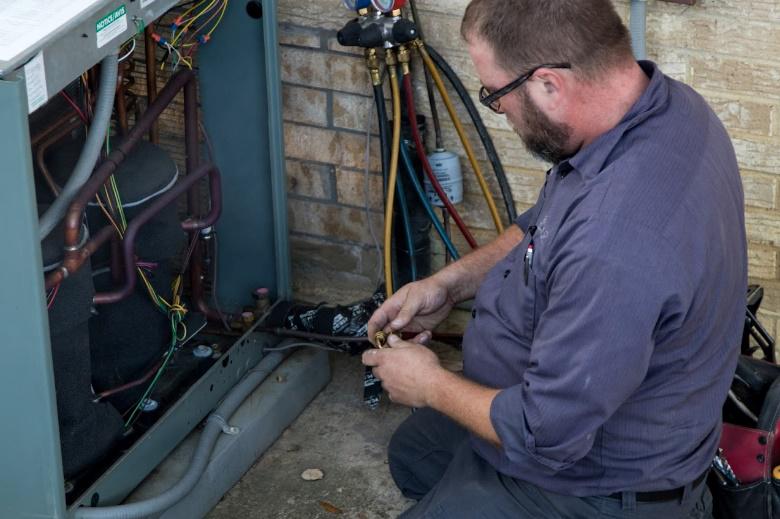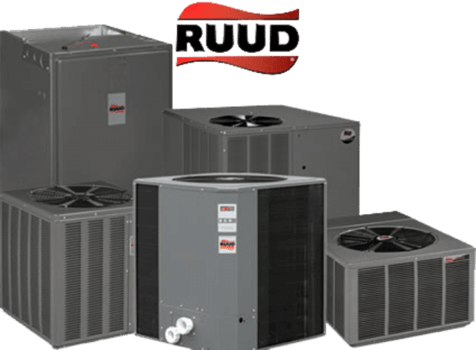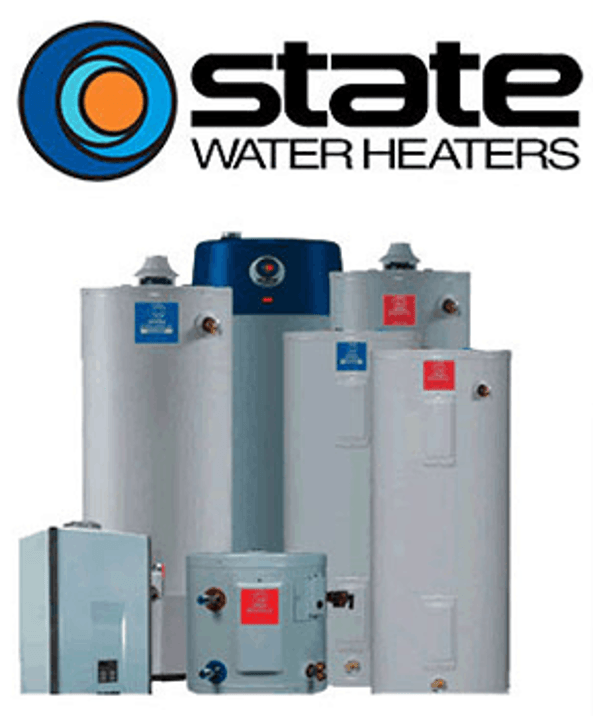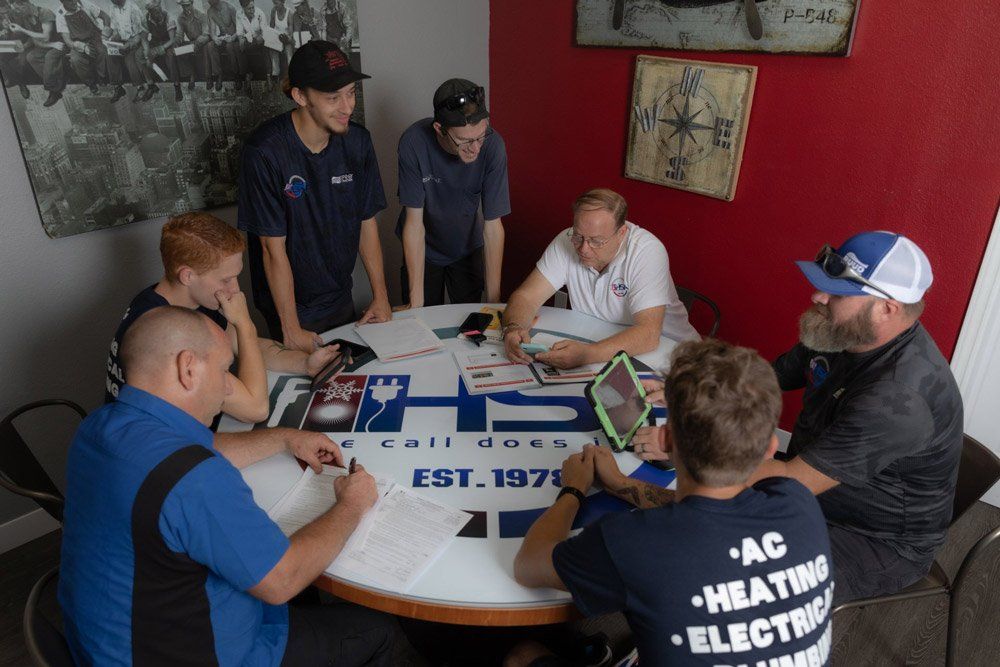What the End of R-22 Refrigerant Means for Your AC

If you purchased your air conditioner prior to 2010, then chances are it uses R-22, an older refrigerant that's currently at the heart of a planned phase-out. Introduced in the 1950s, R-22 was well-known for its effective cooling performance, making it the refrigerant of choice throughout the HVAC industry. However, it's also one of several compounds responsible for depleting the ozone layer.
In the 1980s, the U.S. Environmental Protection Agency joined other agencies in a worldwide effort to phase out ozone-depleting hydrochlorofluorocarbons (HCFCs) and other potentially harmful compounds. This eventually led to a ban on R-22 production in the United States, with the goal of a complete phase-out of R-22 usage by 2020.
The
R-22 phase-out will obviously have an impact on your older air
conditioning equipment. The HVAC industry has already shifted to
newer and more eco-friendly refrigerants such as R-410A — the
standard for new HVAC equipment currently on the market. The
following provides a preview of what you can expect for your current
HVAC system between now and 2020.
Your Maintenance Costs Will Increase
Like most homeowners, you want to get the most out of your current air conditioning system, even if it means keeping it around for a few more years. However, maintaining an older A/C system can be costly — and that's before factoring in the effects of the ongoing R-22 phase-out campaign.
Since production of new R-22 refrigerant ended in 2010, there's been a steady increase in the costs of both existing stocks of virgin R-22 and used stocks reclaimed from retired HVAC equipment. In anticipation of coming shortages, many HVAC technicians have started stockpiling supplies of R-22 to service existing HVAC equipment.
If your air conditioner suddenly springs a leak and needs service right now, a refrigerant recharge could cost you hundreds of dollars in new refrigerant alone. Now imagine how much that same service could cost after 2020 when R-22 supplies are expected to dry up.
Needless to say, keeping your air conditioner in its current form will become increasingly expensive as time goes on, especially after the phase-out is completed in 2020. If you want to keep your current A/C system beyond 2020 or you were one of the few who purchased a dry-shipped R-22 air conditioner within the past few years, you should carefully consider your options going forward.
Drop-In Replacements Become an Attractive Option
As R-22 becomes harder to find and more expensive to use, you may find yourself searching for a replacement that doesn't require major changes to your current air conditioning equipment. In response to the R-22 phase-out, refrigerant manufacturers have introduced non-ozone depleting alternatives that mimic R-22 in performance while offering better energy efficiency.
Alternatives like R-438A (also known as Freon MO99) and R-424A offer so-called drop-in capability, meaning these refrigerants can be added to your existing system with little to no modifications needed. As a result, drop-in refrigerants offer the most straightforward option for extending the life of your current A/C equipment.
While some refrigerants can be dropped into your R-22-based A/C system with minimal prep work, others require a bit more work before they can be successfully used. Refrigerants like R-407C and R-421A use different lubricants that aren't compatible with the lubricant used in conjunction with R-22. This means you'll need to purge the entire A/C system of its old refrigerant and lubricant before adding the new alternative.
You'll Eventually Need to Convert or Replace Your Air Conditioner
By the time the year 2020 rolls around, you may be considering a complete replacement of your current air conditioner with one that uses the latest in non-ozone depleting refrigerant. The vast majority of air conditioners currently on the market use R-410A, the refrigerant of choice for most HVAC manufacturers. Upgrading to a new A/C system also means you'll have access to the latest features and advances in HVAC technology.
If you plan on keeping your current air conditioner beyond 2020, you may be able to convert your equipment to use R-410A and other refrigerants that aren't currently compatible with R-22. A typical conversion requires the replacement of the coils and compressor with components that can withstand the higher pressure requirements of the new refrigerant.
Converting your current air conditioner to R-410A is the cheaper option if you've recently invested in new R-22-based A/C equipment. However, you may only have a few short years before a complete A/C replacement becomes a necessity. Replacing your entire A/C system offers more upfront expense, but you'll save more money and enjoy better performance and efficiency in the long run.
The clock is ticking and it won't be long before the R-22 phase-out is complete. The seasoned technicians at Henry's Service All can help you make the right choices when it comes to your heating and cooling system. Contact us today for your free estimate.











